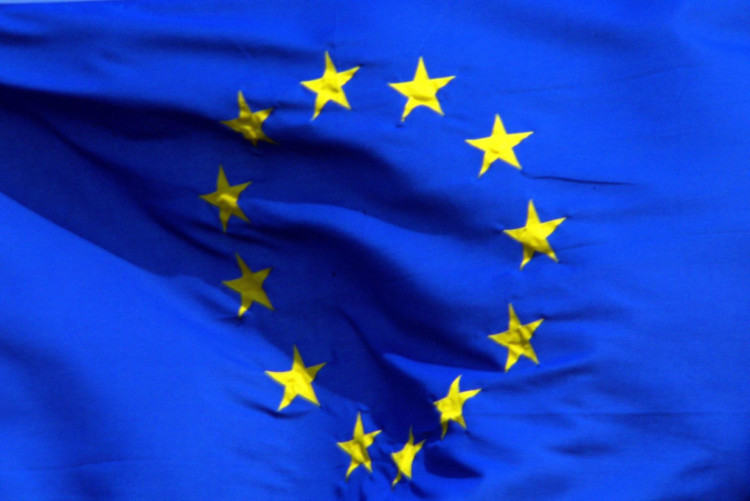Leaders of Scotland’s national farming union have travelled to Brussels to discuss the possibility of a Plan B should delivery of the new Single Farm Payment system “hit significant difficulties”.
The move provides the first open acknowledgement from NFUS that the CAP reform package might not be deliverable, on time, in Scotland.
In a face-to-face meeting with European Commission officials in Brussels, NFUS president Nigel Miller and chief executive Scott Walker queried if Scotland can make “emergency interim payments” to SFP recipients if delivery of the new scheme in Scotland stalls.
NFUS said it believes the ‘emergency option’ to deliver interim direct support payments from December next year onwards would significantly ease Scottish farmers’ concerns over the introduction of a new area-based SFP system next year.
While Scotland has an excellent track record in support payment delivery, the shift to an area-based scheme and the additional complexity that will bring has resulted in significant concerns from producers about exactly how the support payment timetable will realistically be met.
The shift to an area-based scheme in England in 2005 saw significant problems encountered in delivering support payment to successful applicants.
Now, NFUS says open dialogue with the Scottish Government on the expected payment timetable will “flag up at an early stage” if any such emergency measures may be required.
From Brussels, Mr Walker said: “The new CAP regime and the required move towards an area-based payment system from 2015 onwards is likely to drive complexity into the system with the potential for delays.
“Experience in England in 2005 shows what can happen when delivery goes wrong.
“We would be delighted if Scottish Government delivery systems were fully operational and effective by December 2015.
“But given the risks and concerns, we feel it is appropriate to have a contingency plan in place that ensures successful SFP applicants could receive at least a part payment of their SFP when the window opens in December 2015 should unforeseen failures in the system emerge.”
Mr Walker said the reassurance that such an emergency backstop could be possible will allow farm businesses to manage their cash flow and be able to plan.
“If, in an event of systems failing, payment could still be received it would help business when talking to banks about extending overdrafts or agreeing borrowing requirements,” said Mr Walker.
“Scottish Government will still be required to complete all necessary checks and inspections before any payment run can start, and it is likely that the added complexity of the new scheme, with mandatory greening and young farmer support, will trigger more farm inspections being required to satisfy EU audit requirements.”
The chief executive said the union will now take action to urge Holyrood to take the emergency option into account as it makes its plans for next year.
The union also wants the Government to ensure adequate resources are available so that inspection requirements do not become an impediment to the payment of SFP.
“The meeting with Commission officials has helped establish how a contingency could possibly be developed should payment of SFP next year be delayed,” said Mr Walker.
“It is clear that the best way to avoid such a problem is to ensure that adequate systems are put in place to process claims and that the industry is alerted as soon as possible should there be the possibility of delayed payments.
“Transparency on the introduction of the new scheme and proper communication with the industry on how it is developing is vital.
“We must be open on how the new system is progressing, and any potential impact on payment dates flagged up at the earliest opportunity,” he said.
